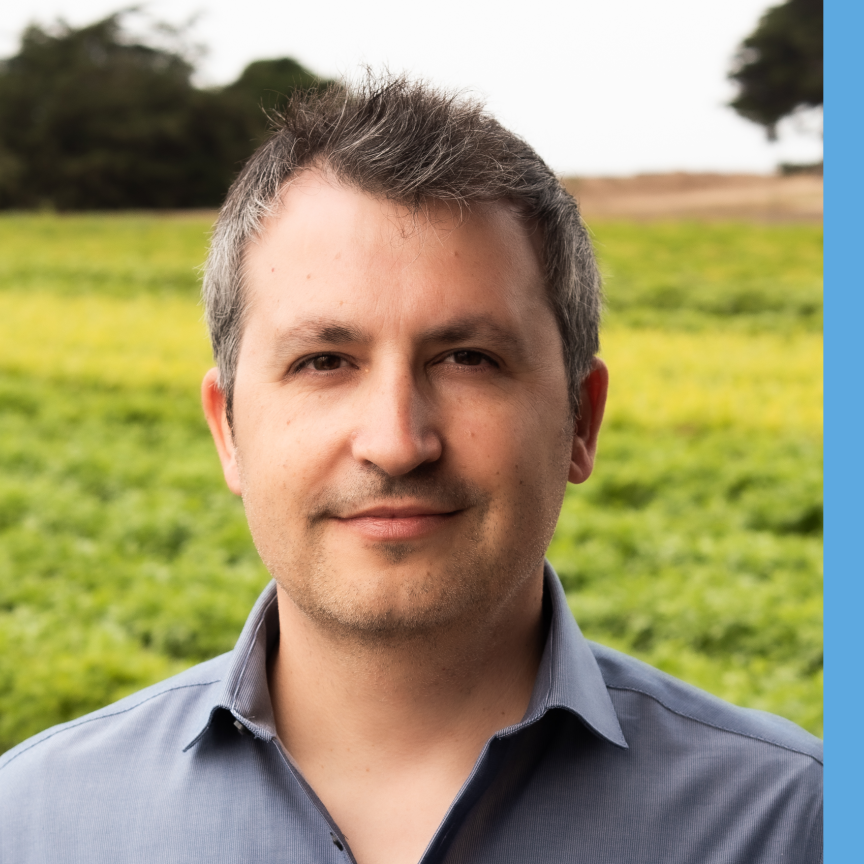Headwall has signed a consulting agreement with cultural heritage imaging professional Dr Gregory Bearman to introduce hyperspectral imaging to historical preservation experts worldwide. The non-invasive technology can provide information unobtainable by any other means.
Imaging in the visible, near-infrared and especially the shortwave infrared spectral range, preservation and conservation experts will be able to collect a vast array of chemical information with respect to pigments, substrates, materials, and unseen features.
The consulting work done between Headwall and Bearman will be on a global scale, including museums, libraries, built heritage and university collections. The approaches used are applicable not just to objects such as art and texts but also to historical buildings and sites, archaeological excavations and built heritage in general. Bearman commented: ‘Imaging, as compared to widely available point methods, provides the ability to examine larger areas and heterogeneous objects.’
Quantitative imaging in the VNIR and SWIR could provide a way to measure and monitor changes in cultural heritage objects over time, which has proved to be a constant struggle for conservators. ‘Information about ancient documents, artefacts, and paintings not only broadens our overall historical knowledge, but also helps preservation experts carry out their valuable work,’ said Bannon.
‘The key to advancing the science of spectral imaging in this community is to extract precise spectral and chemical information using non-invasive technology and to the exacting safety standards to which conservators adhere,’ said Dr Bearman. ‘Headwall's VNIR and SWIR sensors return spectral and chemical data at extremely high levels of fidelity, which is what preservation experts need,’ he concluded.

